Table of Contents

In daily lives, most people enjoy listening to music and consuming content across platforms. For this, you use headphones of several shapes and sizes.
Following this, people also have evolved with technologies that could be observed in the advancements of devices like headphones.
Well-known features like Bluetooth have been used in headphones for years. Ever wondered what was the moment that witnessed such changes in real-time, and the thought evolved for the improved user experience?
In this article, I have discussed a few factors that could brief you about the changes over the time headphone witnessed, which also added to lifestyle.
8 Things You Probably Didn't Know About Headphones
-
One Piece Earcup Headphone
One-piece earcup headphones were developed and invented around the 1880s by Ezra Guilliland. These were used and controlled with the help of a magneto bell and were used by the switchboard operators.
To use these headphones, the listener has to stay around the device, and the large microphone rests on the shoulders to listen to the sounds. One-piece earcup headphones weighed approx. 10 pounds.
Due to the heavy weight of one-piece earcup headphones, they were kept in one place for users, and they can be used by being around the machine.
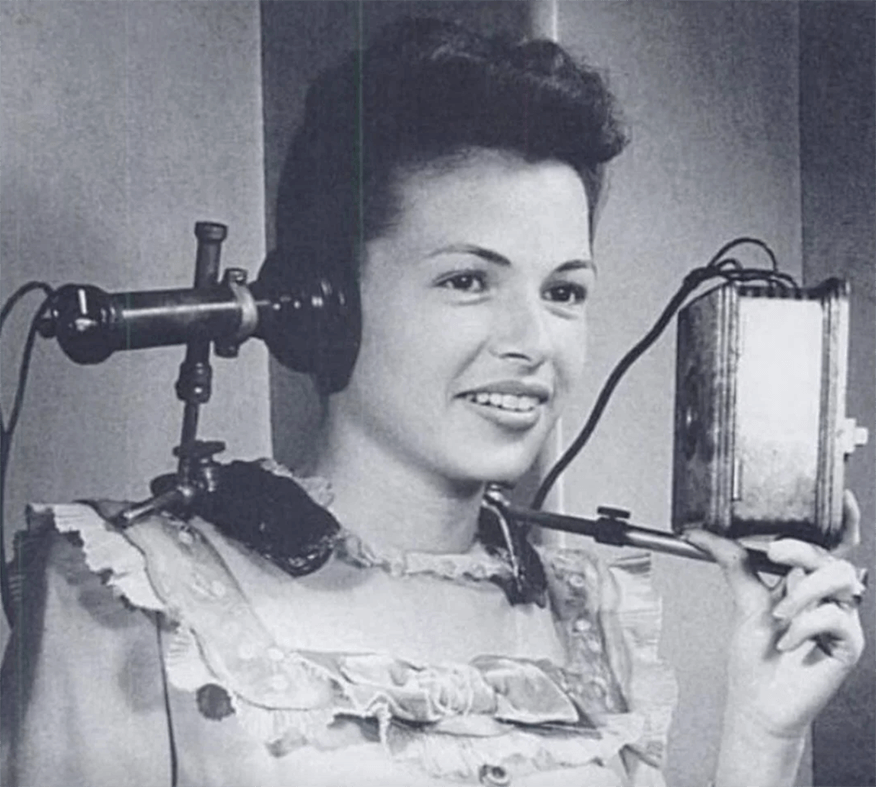
-
First Headphones Were Manufactured In Kitchen
One of history’s strange inventions is the headphones that were manufactured in the kitchen with minimal resources.
An engineer Nathaniel Baldwin made and invented the first pair of headphones around 1910. Later reportedly, it was sold for navy purposes to the army.
Due to the shortage of raw materials, these headphones developed after hours of development to get the final product.
While the invention was going on, nobody was aware of the enormous potential of these headphones, from investors to Nathaniel Baldwin himself. Following this, the navy picked them for their regular usage.
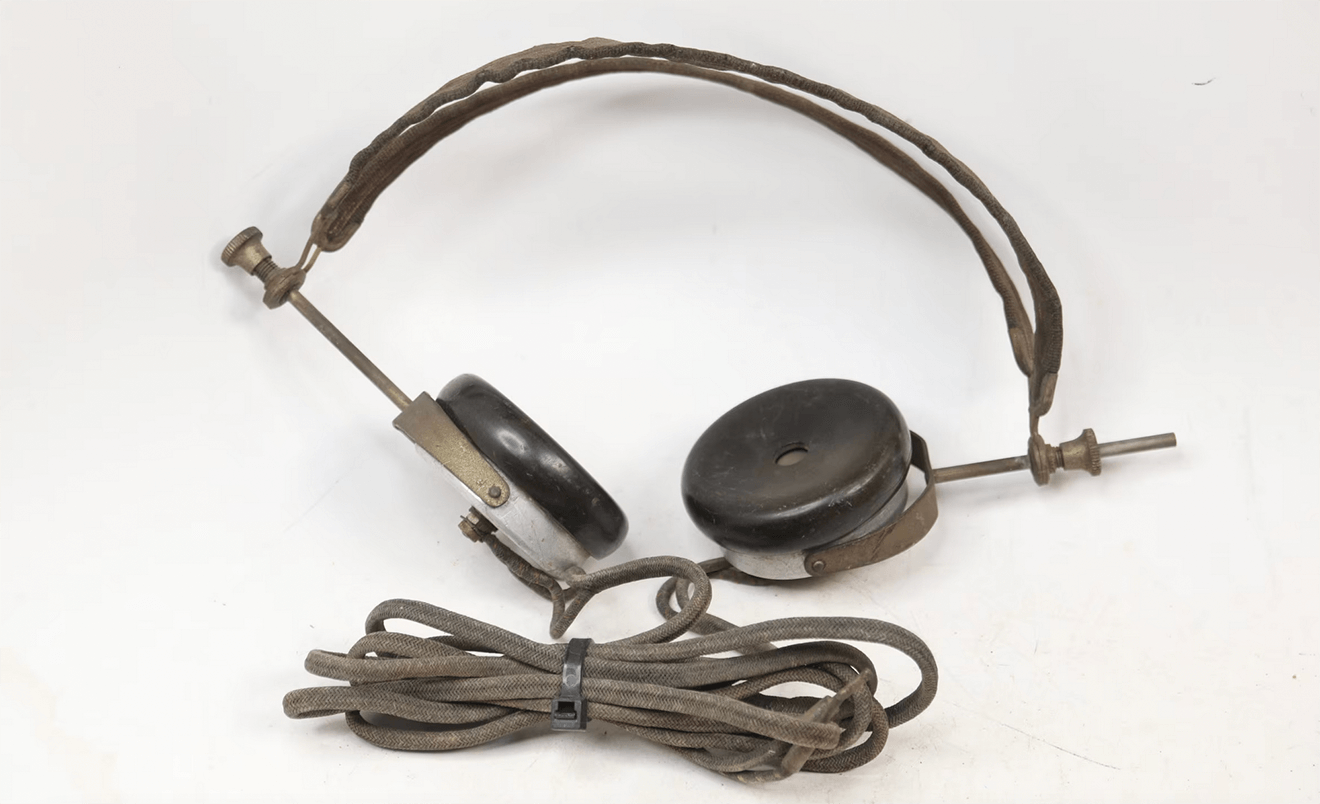
-
Origin Of Noise Cancellation
Dr. Lawrence Jerome Fogel invented noise cancellation in headphones. He submitted his patents in the 1950s and designed the first noise-canceling headphone systems. They looked bulky and were externally connected to the headphones to reduce noise.
Later in the year around 1957, Willard Meeker designed an active noise cancellation that was light in weight and was applied to the earmuffs to improve the hearing experience. This is one of the earliest inventions for noise-cancellation in headphones.
The noise cancellation we observe nowadays in our headphones was developed and designed by Dr. Amar Bose in 1979. He is also well known for founding Bose. Generally, he created and developed these headphones to reduce the engine noise for aircraft pilots in the cockpit.
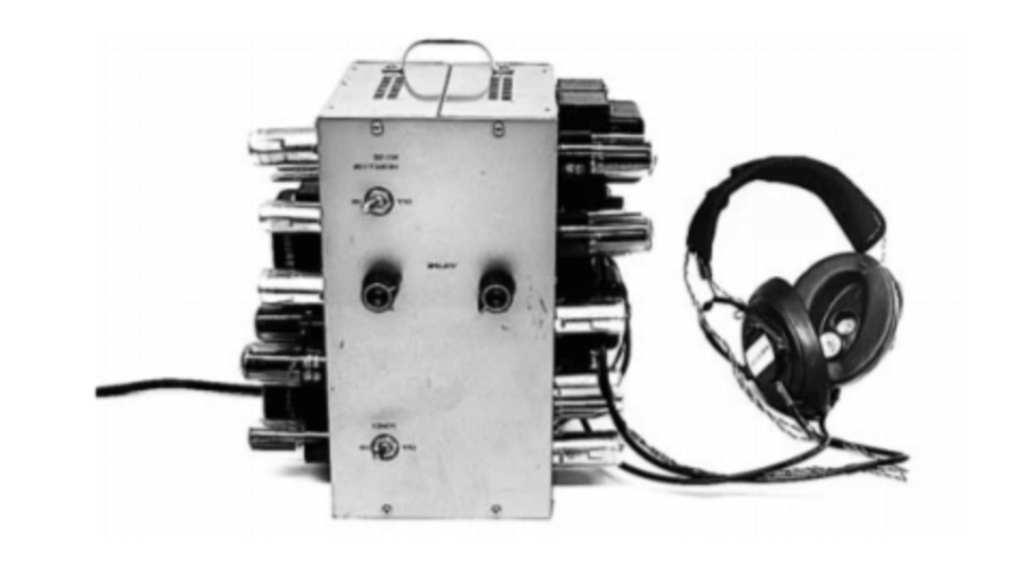
-
Origin Of Bluetooth In Headphones
With all the advancements in headphones, one of them was also where Bluetooth tethering was enabled for connecting headphones with other Bluetooth-enabled devices.
Reportedly, the first Bluetooth-enabled headphones were designed and developed around the year 1999. Following this, the first Bluetooth-connectiviy enabled phone was manufactured in the year 2001.
Since then, the advancements in wireless connectivity among devices improved and helped tech-savvy people. This also provided a companion to our lives and saved time through daily chores.
The Bluetooth-enabled headphones are powered by lithium-polymer rechargeable batteries. This also allows headphones to be portable and could be charged by a USB port on a PC.
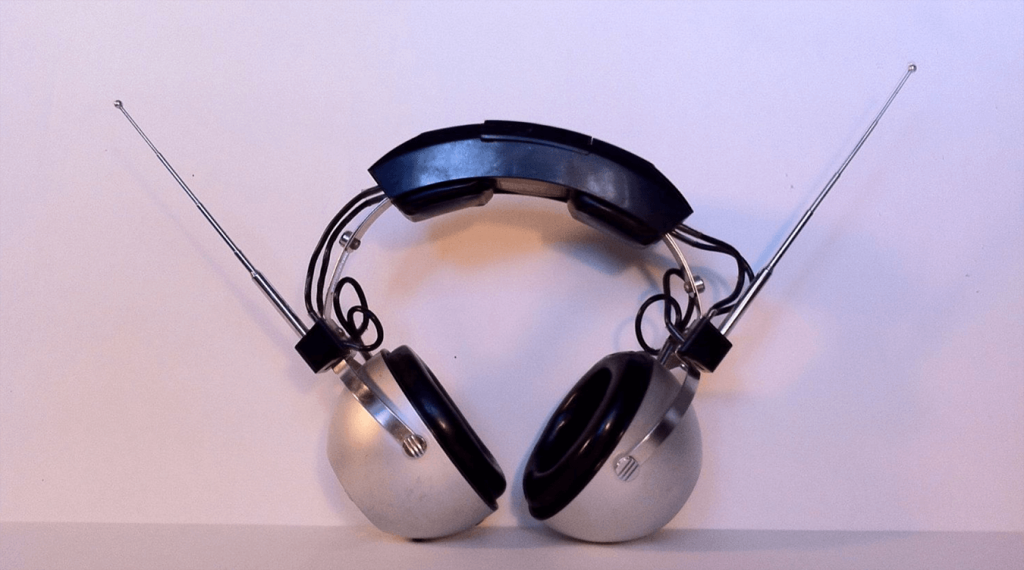
-
Origin Of Stereo Headphones
Another enhancement in the headphones was the inclusion of the stereo, which provided enhanced sound quality from the multiple channels and an immersive listening experience.
John C. Koss, a jazz musician, developed stereo headphones in 1958. It was one of the most significant advancements for headphones. Since then, the headphones’ stereo feature has been the headphones’ default feature.
Using stereo headphones, you can maintain the balance between the sound distribution to the left and right ear.
These headphones were great for most of the things like watching movies, playing games, listening to music where several instruments are played together, etc.

-
May Increase Bacteria Production
Using headphones for long hours may affect your ear health by increasing the bacteria production in your ears. In addition, wearing headphones can increase the humidity levels inside the ear canal.
This enhanced humidity may allow bacteria to grow. As a result, you can observe inflammation in your eardrums that may lead to an ear infection.
There is nothing to worry about getting rid of the bacteria; you may dampen the headphone earpads with alcohol. While doing this, make sure the alcohol gets dried up quickly.
Along with this, you can follow a 60-minute rule while using your headphones by keeping your headphones aside almost for an hour. This could let your ear skin get the natural air blocked by the headphone pads.
Extreme cases of ear infections and hearing loss have not been reported in the study involving healthy individuals regarding the usage of headphones at the workplace under the regular decibel limits of 75dB or lower decibels.
However, prolonged usage did cause issues for people who were already suffering from the chronic middle ear.

-
Headphone Were Not Meant To Be Portable
When the headphones were invented, as discussed in the beginning, they were bulky and with heavy weight. Therefore, these headphones were kept in one place for regular use.
However, in the 1970s, headphones were used for home-listening records and were heavy with a bulky look.
Hence it seems back then, the portability of the headphones was not the priority for the brand manufacturers.
Like all the enhancements, in 1891, Ernest Mercadier designed and developed the first lightweight and portable headphones. These were also called in-ear headphones. These were so light that the operator could easily move while using them. He also patented the headphones around the same time, called bi-telephone.
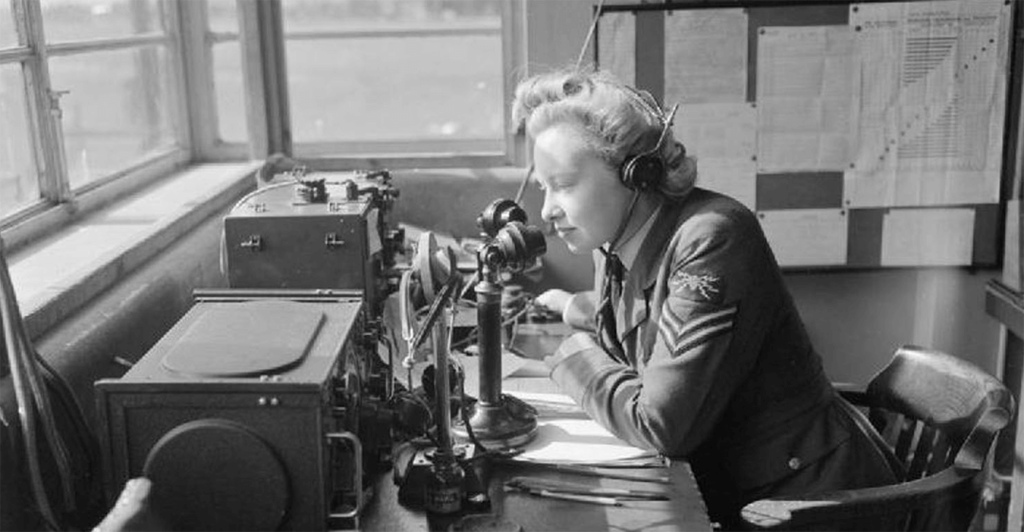
-
Vacuume Tube Headphone Amplifiers
Lee de Forest invented the three-element vacuum tube in 1907. He filed for the patent in the year of 1908. The same vacuum tubes have been used in the amplifiers of the headphones to improve the volume, and as a result, it enhances the hearing quality of the sound.
You will be amazed to know that most audiophiles still prefer to use the old technology of vacuum tubes for amplification rather than a new solid-state amplification technology.
This is because vacuum tube amplifiers provide more relatable music, and the depth of the sound is improved by multiple folds when using a vacuum tube amplifier. Audiophiles have used some of the best vacuum tube headphone amplifiers to make sounds sweet, warm, and smooth.
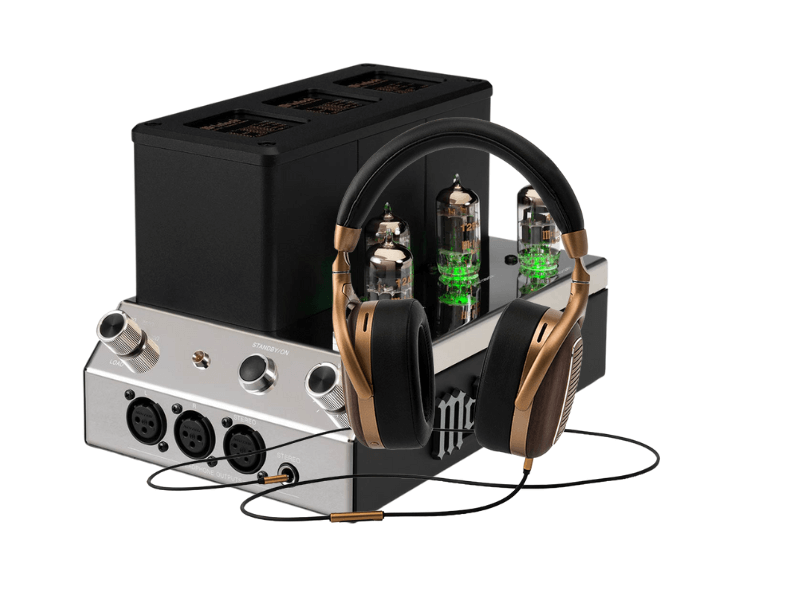
Conclusion
In this article, I have talked about the brief history and the strange facts about the headphones that may help you through your curiosity.
If you like to know the history of things you are using, then you would enjoy this article about the history of headphones. If you want me to cover more in-depth articles related to headphones, then let me know in the comments below.
Headphones are generally used by everyone as per their lifestyle and through their chores. However, here are a few common uses of headphones:
- Workouts
- Conference call
- Listening music
- On the call while in commute
- Engaging in household work
Nowadays, headphones are feature-loaded devices. They consist of several features that can be useful for you but at times, due to some glitch, you may experience one of them, as follows:
- Bad sound quality
- Poor connectivity issues
- Device pairing issues
- No audio
Headphones are used globally and across generations, they are the ones that evolved with time.
Headphones are called by several names because of their diverse usage such as earspeakers, earphones, colloquially, and Cans.